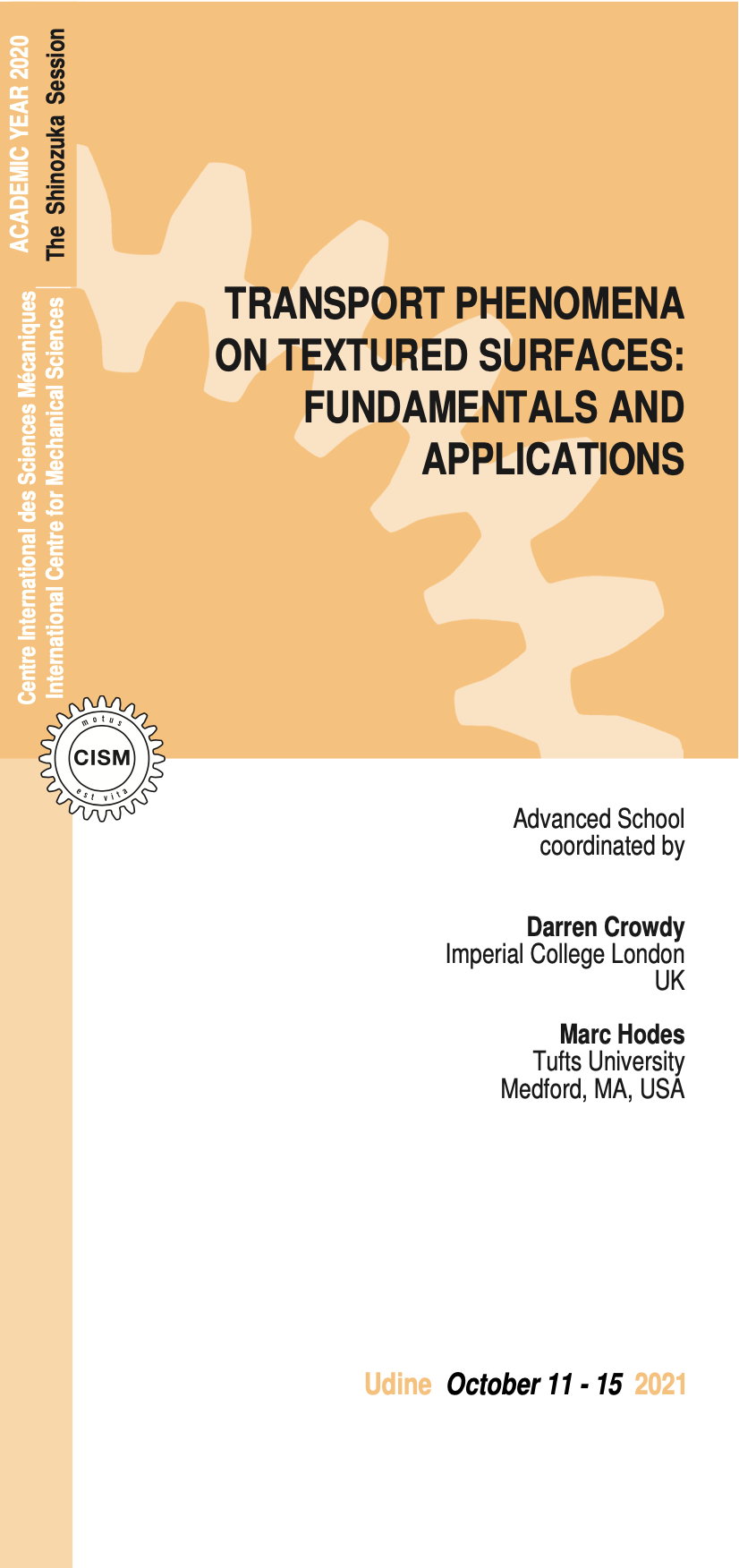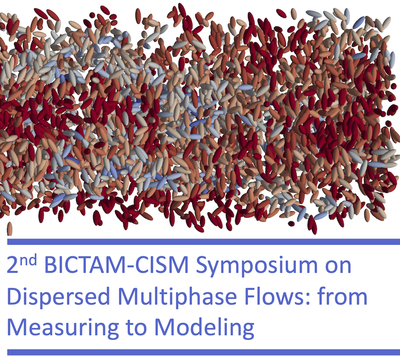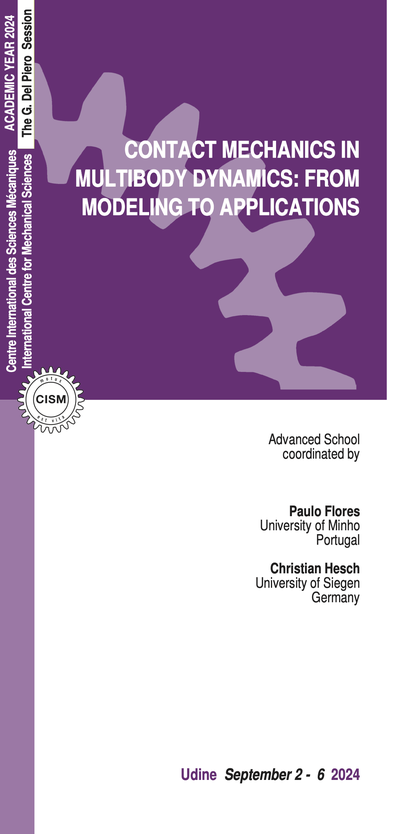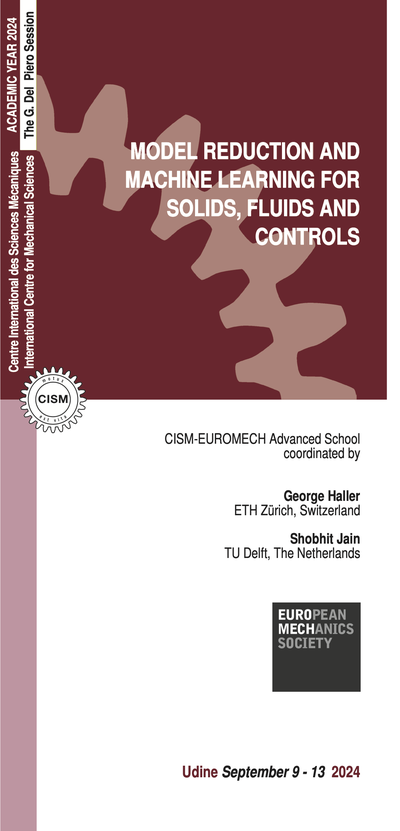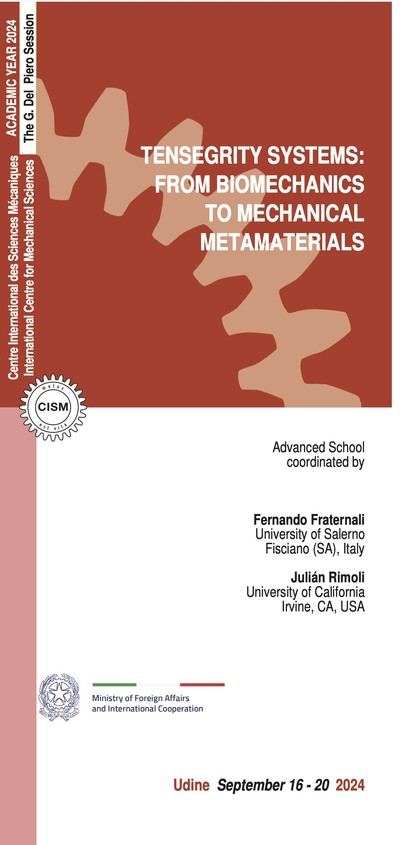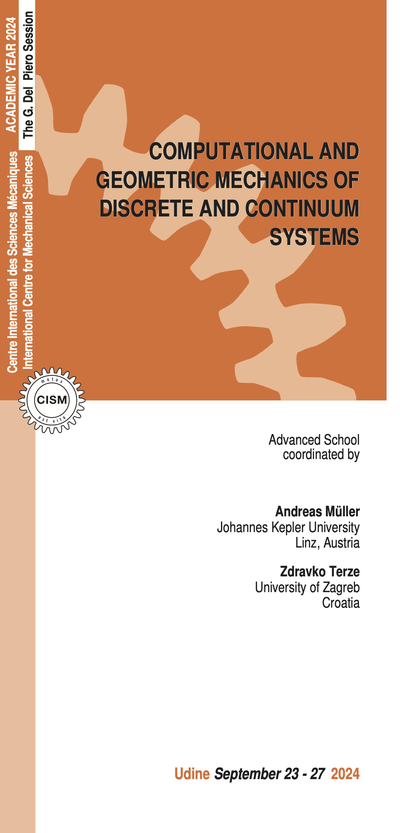The IUTAM Symposium on Motile Cells in Complex Environments (MCCE2018) will bring together experts in the complementary fields of physics, applied mathematics, chemistry, biology, life sciences, and engineering to discuss multidisciplinary theoretical, numerical and experimental approaches to predict the behaviour of active complex fluid systems characterized by the presence of motile living cells. Cell motility is a multi-faceted interdisciplinary challenge for a wide community of scientists, with applications ranging from medical to bio-technological and environmental issues. Cells often grow and move within complex fluid environments: Examples include motile phytoplankton cells giving rise to bio-convective patterns in turbulent flows, but also suspensions of swimming bacteria that can form biofilms under adverse conditions and swarm to colonize solid surfaces. Depending on the targeted biological system, such environments may be characterized both by high and low Reynolds numbers, thus, involving a broad spectrum of spatial and temporal dynamics that are not easy to model.
Scope: The Symposium will provide the opportunity to compare and contrast the different available approaches, giving a global overview of the most significant advancements in the field. It will also serve the purpose of identifying the main open issues and research pathways that the community should focus on in the future. To these aims the Symposium will bring together internationally renowned scientists from all horizons (analytical, numerical, and experimental) to foster scientific exchange and strengthen interdisciplinary work among engineers, applied mathematicians, physicists, and biologists through invited lectures, contributed talks, and poster sessions.
Topics: The Symposium spans a wide selection of topics in biological fluid mechanics from single swimmer propulsion and navigation mechanisms to synchronized and collective motion, focusing on how active cells may use hydrodynamic interaction as well as biochemistry to coordinate their locomotion. Topics of interest are also the dynamics and rheology of active fluids, fluid-structure interactions in bio-inspired systems, growth of tissues, and surface colonization. The interest on these topics has exploded in recent years, as demonstrated by the wealth of experimental or numerical results that have been produced and by the many resulting (and sometimes competing) theories that have been developed.
